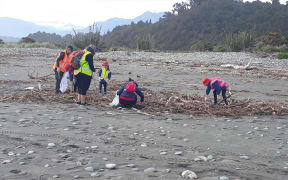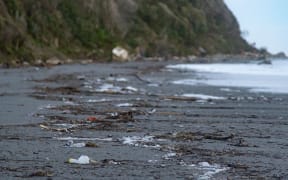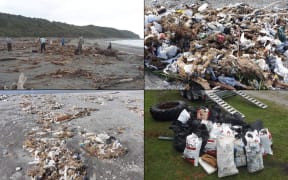Auckland has 89 of the 112 landfills nationwide at risk from just half a metre of sea level rise, and dealing with them may come down to excavating and completely moving them.
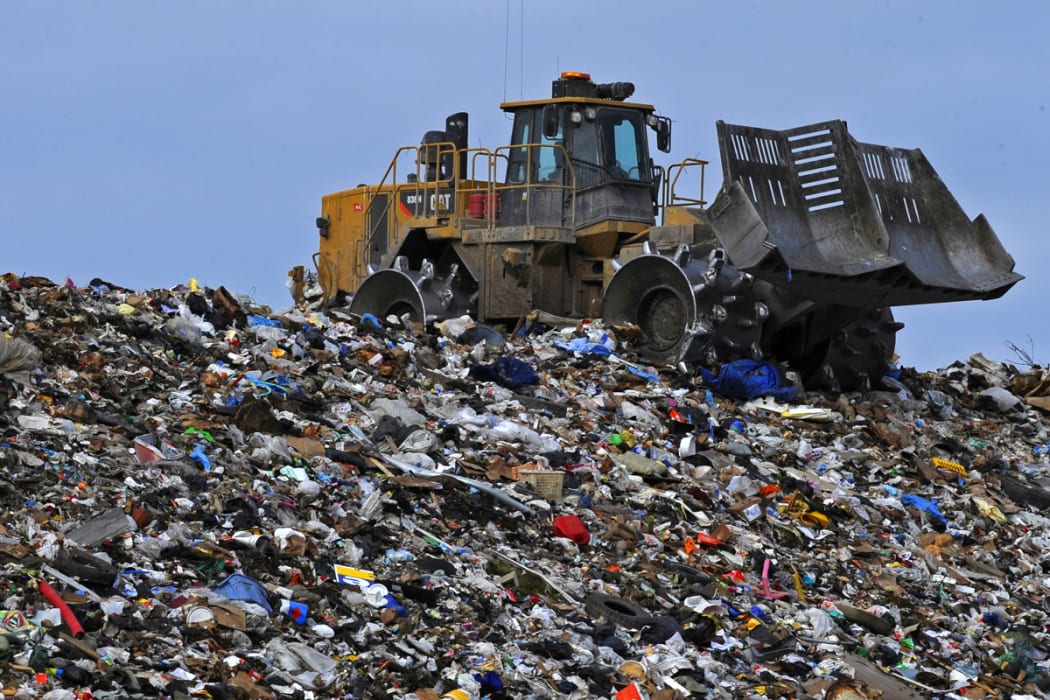
Photo: Creative Commons
The spotlight has been on old landfills around the country and the risks they pose to the environment after floodwaters in March exposed one on the banks of the West Coast's Fox River and spread rubbish from it along the coastline.
Auckland has the bulk of at-risk landfills nationwide. All up, it has 198 closed landfills, two active landfills and one transfer station, a report commissioned by Auckland Council and published on 20 March shows.
There are 86 at risk with .25m of sea level rise, 89 at .5m, increasing to 99 at 3m.
Auckland City Councillor and chair of the Environment and Community Committee Penny Hulse said: "We've got landfills going back to the 50s and 60s when it was the done thing to find a patch of mangroves and fill them with the local rubbish which is just an obscenity when you think about it now.
"With some of these, apart from literally digging up the rubbish and moving it there's not much that can be done.
"Luckily we do have time - we plan for sea level rise and we know what the most vulnerable landfills are and obviously we need to make plans for them.
"The most radical - the pick up and shift - through to building or increasing the heights of the bunds or sea walls that surround them and everything in between."
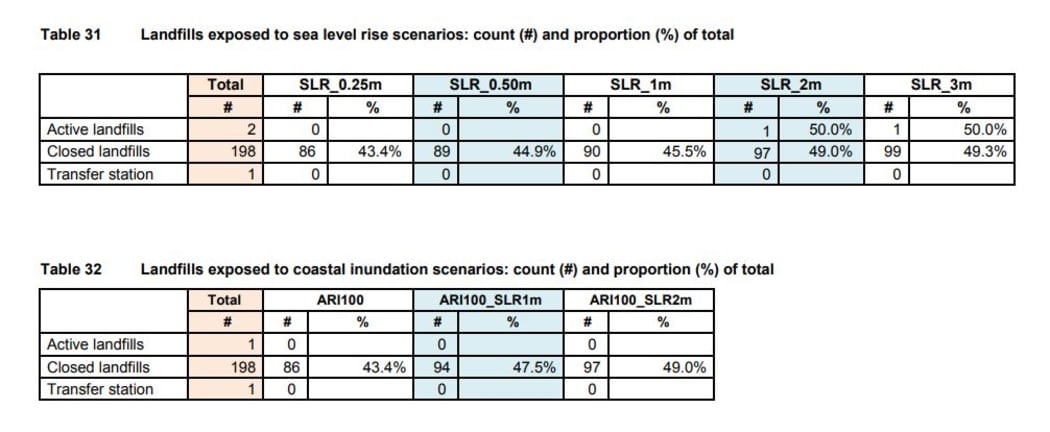
Photo: Auckland Council
The council's closed landfill staff were preparing a report that would provide more information about how to manage them, she said. A completion date wasn't known yet.
The report on landfills stated: "Many closed landfills remain across the region, and many of them are coastal. This is a historical legacy - many of them are small sites, and many have been repurposed into reserves, parks, and other open space land uses."
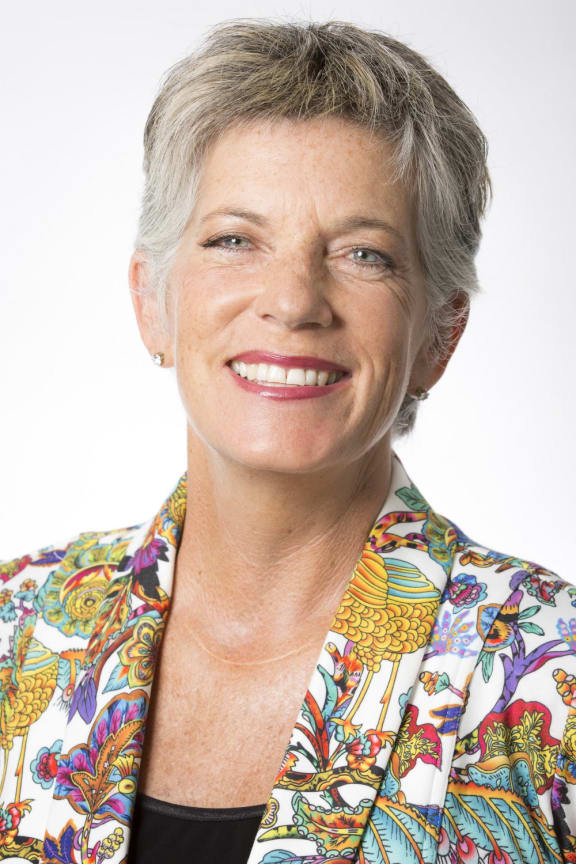
Penny Hulse. Photo: supplied
Cr Hulse said it was "always a risk" that there were old landfills in the region that council didn't know about.
"There is a grey area between what people called 'clean fills', you know where people quickly filled a valley, supposedly just had clay and rocks going into them but we all know things were pretty relaxed going back a few decades and god knows what's in some of those dumps as well as dumps on private dumps on farm land.
"It's not a pretty picture when you look at how waste used to be managed. It's pretty good now but over the last 40 years there's been some fairly appalling things done.
"There are a whole variety of landfills, some private, some public, some run by council, some not. Mostly these are in the form of covered over fields that are now used in many cases as sports fields so we still actively manage those."
A council spokesperson said it took a "risk-based management approach to addressing environmental, health and safety risks associated with [landfill] sites".
"Closed landfill monitoring, asset maintenance, renewals and remedial works are undertaken in line with the long term plan."
The spokesperson also said council was taking action on climate change an planning for it "should be top of mind for all councils in New Zealand".
A wider issue
Cr Hulse said the closed landfill issue opened up a bigger discussion.
"People get grumpy with council for putting up the price of waste collections - it's because it's no longer available to just choose the cheapest option which is going to cost future generations.
"For councils, we need to be open and brave, it's like flooding scenarios. Let's look at the worst case scenario, let's be honest about what the worst case scenario is and plan for that and then hope for better outcomes.
"I think we need to be honest and transparent about everything that's at risk so we can talk to our ratepayers about it. There's not point in getting shocked down the track when bad things happen. So we should be mapping it up and costing that.
The cost of managing these landfills wasn't clear yet.
"We could be building seawalls to totally moving landfills to everything in between. Councils around the country will be grappling with this as well. At least in Auckland we don't have quite the same complexities of the river networks that we have got in some of the other cities around New Zealand, ours is mainly our coastal margins.
"We can no longer just bury our heads in the sand and do what's convenient and cheap. We have to think intergenerationally about doing the right thing and that's a challenging conversation for politicians."
Landfills nationwide
Of the landfills nationwide exposed to .5m sea level rise, 110 are in the North Island and two in the South Island, a Local Government New Zealand report shows.
The only active landfills at risk are in the South Island - one in Canterbury and one in Otago.
All others are closed - 92 in the North Island and 18 in the South Island.
In a sea level rise scenario of 3m, there are 163 closed and three active landfills that would be exposed.
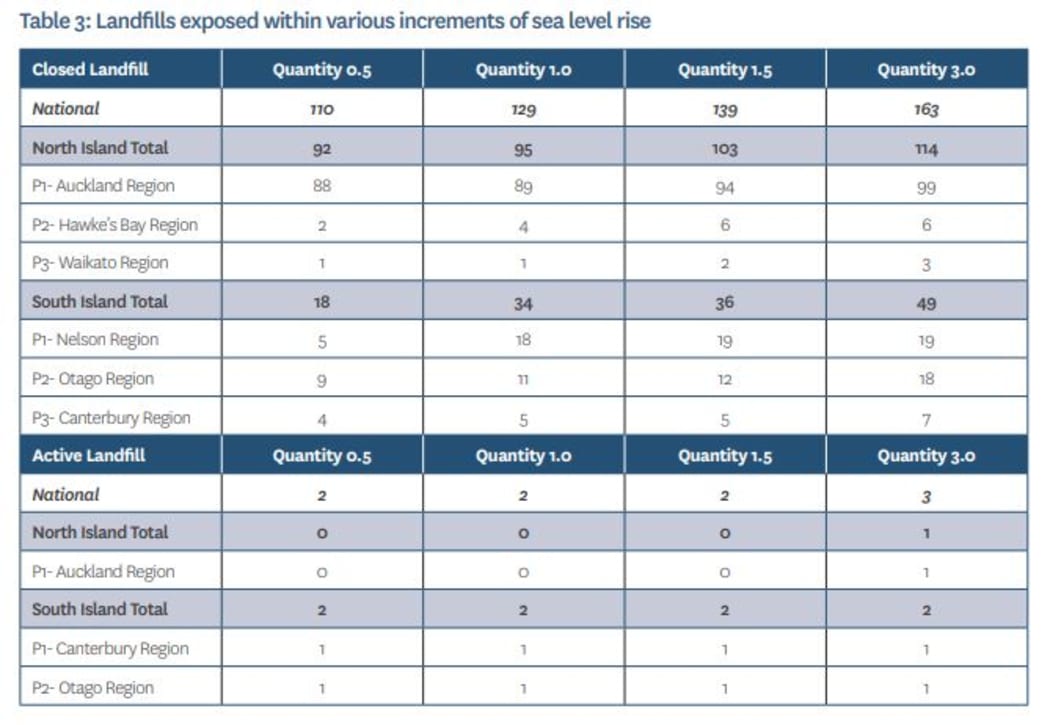
Photo: LGNZ
Outside Auckland, the Hawke's Bay, Waikato, Nelson, Otago and Canterbury all had at-risk landfills.
Forest & Bird conservation advocacy manager Jennifer Miller said there were likely to be "hundreds" of other old landfills and hazardous sites that weren't in the LGNZ report that were closed to rivers and coastlines threatened by climate change.
"There needs to be a survey of other landfills throughout the country. How many of them are at risk given climate change and an increase in flood events.
"Given the proximity of some of these landfills to water bodies and given what's happened here, it should signal to the government that this may not be a one-off event, there may be other dumps that are similarly vulnerable."
Following the Westland landfill washout, Associate Minister for the Environment Eugenie Sage announced she was investigating what could be done about a number of old landfills around the country that were not properly sealed, and are now vulnerable.
Ms Sage said she was seeking information about the level of risk of similar landfills that could be exposed to flooding.
"I'll be asking the Ministry for the Environment for a better understanding of the extent of the risk and I would hope that councils around the country would be recognising the huge impact of what's happened when landfills get exposed to rivers and make sure that their landfills are well maintained."
